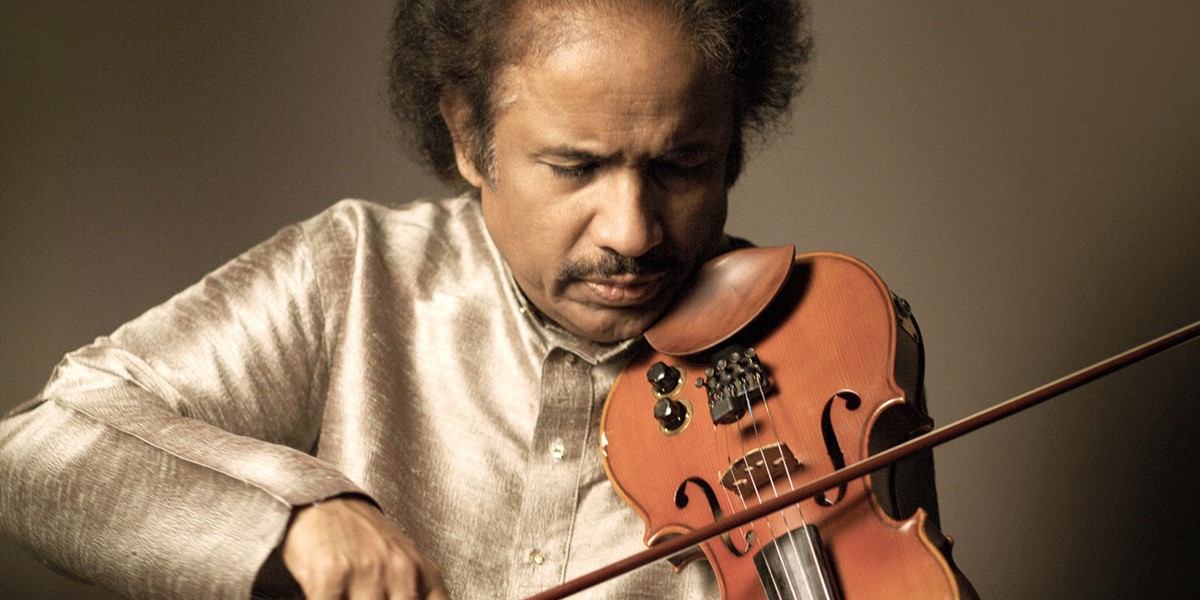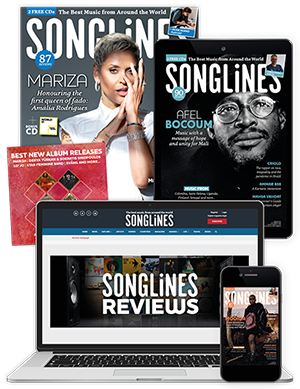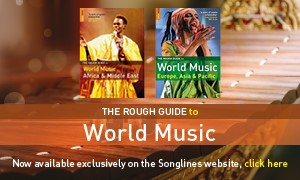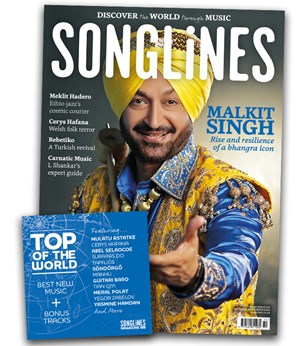Thursday, December 12, 2024
A Conversation with L Subramaniam
Russ Slater Johnson speaks to the ‘Paganini of Indian Classical Music’, who reflects on a life of groundbreaking collaborations, cultural fusion and the legacy of Carnatic music

L Subramaniam

Register now to continue reading

Thanks for visiting the Songlines website, your guide to an extraordinary world of music and culture. Sign up for a free account now to enjoy:
- Free access to 2 subscriber-only articles and album reviews every month
- Unlimited access to our news and awards pages
- Our regular email newsletters

